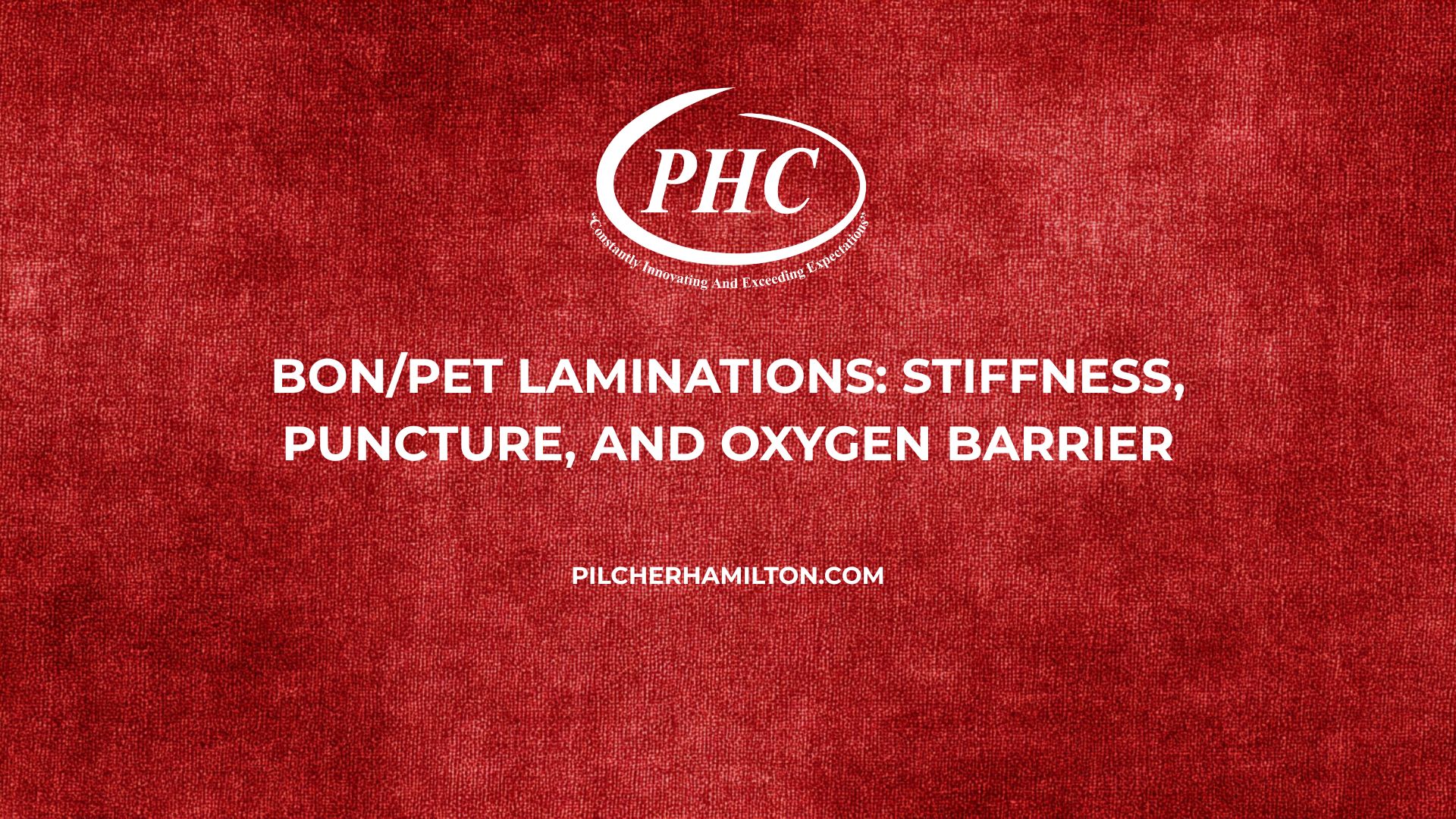Procurement teams searching “polyester near me” for high‑performance packaging often encounter laminations that pair PET with biaxially oriented nylon (BON). BON/PET structures leverage the complementary properties of each polymer: nylon offers high puncture resistance and toughness, while PET provides stiffness, dimensional stability and printability. When combined with barrier coatings or metallization, BON/PET laminations protect dry foods, coffee and even some retort products. This article explains why and when to specify BON/PET, how its barrier compares to PET alone and what trade‑offs exist.
Key Takeaways
- Enhanced puncture resistance – BON’s toughness resists flex cracks and pinholes better than PET alone.
- Higher stiffness – PET contributes high modulus for shelf stability; BON/PET films feel rigid yet flexible.
- Improved oxygen barrier – BON offers lower OTR than PET, and laminations further reduce oxygen ingress.
- Sealability considerations – BON does not heat‑seal; laminations require sealable layers such as CPP or sealant‑PET.
- Cost/performance trade‑off – BON/PET costs more than PET alone but delivers durability for demanding applications.
BON vs PET: Complementary Traits
BON (biaxially oriented nylon) exhibits high puncture and abrasion resistance, making it ideal for products susceptible to flex cracking or sharp edges. Its oxygen barrier is superior to PET; typical OTR for BON is 1.2–2.5 cc/100 in²/24 hr, whereas oriented PET is 2–6 cc/100 in²/24 hr. PET provides high modulus and clarity. A laminate combines the stiffness and printability of PET with the toughness of BON.
Barrier & Puncture Profiles
A BON/PET lamination improves barrier performance beyond PET alone. When metallized or coated, OTR values can drop below 0.3 cc/100 in²/24 hr. BON’s toughness resists punctures in heavy products like dry beans or coffee. The laminate structure often consists of BON/metallized PET sealed to a polyethylene or sealable PET layer. For oxygen‑sensitive products, additional barrier coatings such as PVDC or EVOH may be included.
Print & Lamination
PET is typically printed (reverse or surface) because it offers high clarity and good ink adhesion after corona treatment. The printed PET is then laminated to BON using solventless or solvent‑based adhesives. BON’s surface may require flame or plasma treatment for adhesion. Laminations must be cure‑aged before slitting and pouching to develop bond strength.
Seal Windows & Hot Tack
Neither BON nor PET seal directly; a separate sealant layer (e.g., CPP or sealable PET) is required. Seal temperatures depend on the sealant—usually 220–285 °F (104–140 °C). BON/PET laminates are often used as the exterior of multi‑layer structures, with the sealant on the inner layer. Hot tack is provided by the sealant, ensuring hermetic seals during form‑fill‑seal operations.
Applications
BON/PET laminations are used in:
- Dry food pouches – Coffee, nuts and powdered drinks require puncture resistance and barrier.
- Vacuum or MAP bags – BON prevents flex cracks when vacuuming air; PET provides stiffness.
- Retort‑adjacent packaging – When combined with retortable materials, BON/PET can withstand mild thermal processing.
- Cheese and meat – High barrier structures including BON/PET protect oxygen‑sensitive proteins.
| Attribute | PET (1 mil) | BON (1 mil) | BON/PET Laminate | Notes |
| OTR (cc/100 in²/24 hr) | 2 – 6 | 1.2 – 2.5 | <0.3 (met/coat) | Lamination plus coating improves barrier |
| Puncture resistance | Moderate | High | Very high | Suitable for sharp products |
| Stiffness (modulus) | High | Moderate | High | Laminate balances rigidity and toughness |
| Sealability | Requires sealant | Requires sealant | Requires sealant | Sealant layer needed |
| Cost | Base | Higher | Higher | BON adds cost |
FAQ
When should I choose BON/PET instead of PET? Use BON/PET when puncture resistance, flex crack resistance or superior oxygen barrier are essential—for example, coffee, nuts or vacuum pouches.
Does BON/PET laminate heat‑seal? No. BON and PET do not seal directly; a sealant layer such as CPP or sealable PET is required.
Is BON/PET recyclable? Laminations are not generally recyclable in standard PET streams. However, they may be collected through specialized programs.
What is the shelf‑life improvement over PET alone? BON/PET laminates combined with barrier coatings can extend shelf life by months, depending on product sensitivity.
Where can I find polyester near me with nylon laminations? PHC offers BON/PET laminations and can advise on structure selection for your product.
Call to Action
For demanding packaging applications requiring puncture resistance and high barrier, BON/PET laminates offer a reliable solution. Pilcher Hamilton Corporation supplies laminations engineered for dry foods, coffee and specialty products. Explore our BON/PET lamination and barrier laminates that last pages, or visit barrier that delivers to learn more. Let PHC turn your polyester near me search into a high‑performance packaging partnership.
Serving the USA from Greer – South carolina
850 South Buncombe Road
Greer – South carolina
Contact us through our contact page or find your nearest location to start a project.

